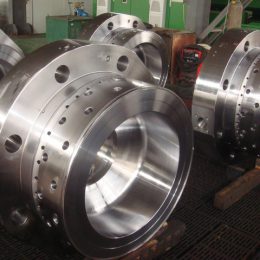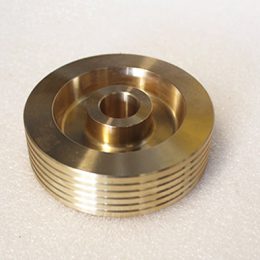A Step-by-Step Guide to Inspecting Cylinder Liners in Two-Stroke Diesel Engines

Cylinder liners play a critical role in maintaining the performance and reliability of two-stroke diesel engines. Over time, these liners can become worn or damaged, leading to decreased efficiency and potential engine failure. That’s why it’s essential to inspect cylinder liners regularly. In this blog post, we’ll provide a step-by-step guide to help you inspect cylinder liners in two-stroke diesel engines.
Step 1: Remove the Cylinder Head
The first step in inspecting cylinder liners is to remove the cylinder head. This will allow you to access the liners and inspect them more closely. When removing the cylinder head, be sure to follow the manufacturer’s instructions and use the proper tools to avoid damaging any components.

Step 2: Check for Wear and Damage
Once you have access to the cylinder liners, carefully inspect them for any signs of wear or damage. Look for any grooves, scratches, or other irregularities on the surface of the liner. You should also check for any signs of corrosion, pitting, or cracking.
Step 3: Measure the Liner
After inspecting the liner’s surface, you’ll need to measure its internal diameter. Use a micrometer to take measurements at several points along the liner’s length. Compare these measurements to the manufacturer’s specifications to determine if the liner is still within acceptable tolerance levels.
Step 4: Check for Proper Alignment
Finally, check the liner’s alignment with the engine’s crankshaft. Use a dial gauge to measure the runout at several points around the liner. If the liner is out of alignment, it can cause increased wear and damage over time, leading to decreased efficiency and potential engine failure.
Conclusion
Inspecting cylinder liners is an essential part of maintaining the performance and reliability of two-stroke diesel engines. By following these steps, you can identify any potential issues early on and take corrective action before they lead to more significant problems. Remember to always follow the manufacturer’s instructions and use the proper tools when inspecting and maintaining your engine’s components.











